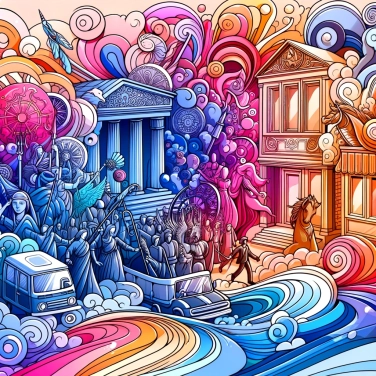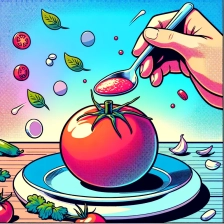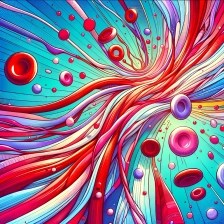In detail, for those interested!
Chemical composition of gemstones
Gemstones, such as diamonds, sapphires, emeralds, or rubies, are composed of different chemical elements that give them their unique characteristics. For example, diamonds are mainly made up of carbon, while sapphires and rubies are varieties of corundum composed mostly of alumina.
Other gemstones, like emeralds, contain silicon dioxide combined with traces of chromium or vanadium that give them their distinctive green color. Garnet, on the other hand, is composed of silicate and aluminum, with variations containing calcium, manganese, or iron.
Each gemstone has a specific chemical composition that influences its color, hardness, density, and optical properties. These chemical elements can also react uniquely to ultraviolet light, changing their appearance and color.
Effect of UV light on gemstones
Ultraviolet light (UV) can have an impact on the color of gemstones. Indeed, some minerals react in a particular way to UV light. This reaction can result in a temporary or permanent color change. Gemologists often use UV lamps to observe these reactions and identify treated or synthetic stones. Some minerals, such as diamonds, can emit fluorescence under UV light. This phenomenon can reveal information about the origin or treatment of a gemstone. Other stones, like topaz, may appear brighter or more intense under UV light. It is therefore important to take into account the effect of UV light when observing and analyzing gemstones.
Fluorescence and phosphorescence phenomenon.
Fluorescence and phosphorescence are optical phenomena that manifest themselves by the emission of light by certain materials after being exposed to a light source. Fluorescence is an immediate phenomenon that ceases as soon as the exposure to light stops. On the other hand, phosphorescence is a slower process that continues to emit light even after the exposure to the light source has stopped. These two phenomena are due to the materials' ability to absorb light energy and re-emit it as visible light. Gemstones that exhibit these characteristics are particularly appreciated for their unique and spectacular visual effect.
Color change mechanism
Gemstones change color under ultraviolet (UV) light due to various mechanisms. One of the most common mechanisms is the presence of impurities in the crystal structure of the stone. These impurities absorb UV light and re-emit light in the form of visible color. For example, some corundum crystals may contain iron, titanium, or chromium that absorb UV light and change the color of the stone.
Another mechanism for color change is the crystal structure of the stone itself. Some minerals, like alexandrite, have a crystal structure that allows them to change color depending on the wavelength of the incident light. This is due to a phenomenon called dichroism, where the stone appears different colors depending on the angle at which it is viewed.
Furthermore, some minerals can undergo chemical reactions under UV light, altering their molecular structure and therefore their color. For example, fluorite can change color under UV light due to the formation of color centers induced by ultraviolet radiation.
Finally, gemstones can also change color due to their isotopic composition. Certain chemical elements, like sulfur or bromine, can induce a color change in some gemstones due to isotopic variations that alter how light is absorbed and re-emitted.
In summary, the mechanisms of color change in gemstones under UV light are varied and complex, involving impurities, crystal structure, chemical reactions, and the isotopic composition of minerals. These fascinating phenomena contribute to the diversity of colors and optical properties of the gemstones that we admire.
![Explain why some countries change time zones?]()
![Explain why Alexander the Great refused to wear shoes.]()
![Explain why Alexander the Great always wore an impressive helmet.]()
![Explain why the last Chinese emperor was so young when he came to power?]()





















